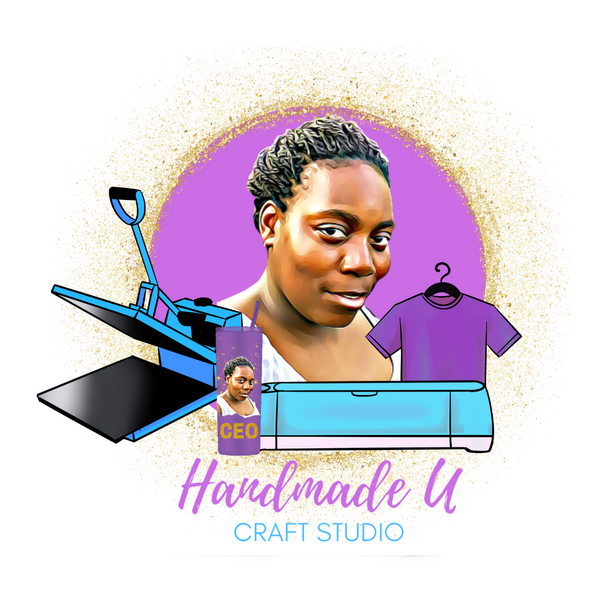Financial Planning: Your Handmade Business Should Pay You
Let’s talk money—because too many crafters avoid the numbers until it’s tax time, or until they’re staring at an empty cart wondering where all the money went.
Here’s the thing:
If you’re not tracking your income and expenses, you don’t really know if your business is working.
And if you’re not paying yourself? You’ve basically created an unpaid internship with glitter.
Nah. We’re not doing that anymore.
Why Financial Planning Gets Ignored
Money stuff feels… heavy. Emotional. Confusing.
You didn’t start this to crunch numbers—you started it to create. But when you don’t have a clear plan for your finances, even your dream business can start to feel like a burden.
Here’s why creatives often avoid it:
-
Fear of what the numbers might say
-
Not knowing where to start
-
Feeling like you “aren’t good with money”
-
Believing you have to wait until you’re “making more” to set up systems
But hear me loud: financial clarity is how you grow. It’s how you stop guessing. It’s how you build stability, peace, and profit.
What Financial Planning Really Means
You don’t need to become an accountant. You just need a simple system to:
-
Track every sale
-
Track every expense
-
Know what’s left after costs
-
Set aside money for taxes
-
Pay yourself on purpose (not just “whatever’s left”)
That’s it. That’s the foundation.
Your Business Deserves a Paycheck—So Do You
Say it with me:
“I deserve to be paid for my work.”
This isn’t a hobby anymore. This is a business.
And businesses are designed to make money—not just cover costs.
Start by deciding how often you’ll pay yourself (weekly, biweekly, monthly).
Then set a percentage of your profit to transfer to your personal account. Even if it’s just $25 at first, you’re building the habit.
Tools That Can Help (No Degree Required)
Here are a few easy tools to keep your money organized:
-
Wave or QuickBooks Self-Employed (for tracking income/expenses)
-
Google Sheets or AirTable (for DIY budget tracking)
-
Separate bank accounts (one for biz, one for personal)
-
Good ol’ notebooks or planners (if digital ain’t your thing)
What matters most is that you use the system consistently. Fancy isn’t required—clarity is.
Action Step: Set Up a Simple Money Ritual
This week, schedule 30 minutes for a “Money Monday” or “Finance Friday.”
Use that time to:
-
Log your sales + expenses
-
Review your bank balance
-
Pay yourself something—even if it’s small
-
Set a monthly income goal moving forward
Make this a habit. When you check in with your money regularly, the fear starts to fade—and the confidence starts to grow.
You’re Not Just a Maker—You’re a CEO
Crafting is your gift, but profit is your power.
You deserve to be paid for your time, energy, and talent. And the first step toward that is knowing your numbers.
No more flying blind.
No more “I’ll figure it out later.”
Let’s treat your business like it’s built to last—because it is.
